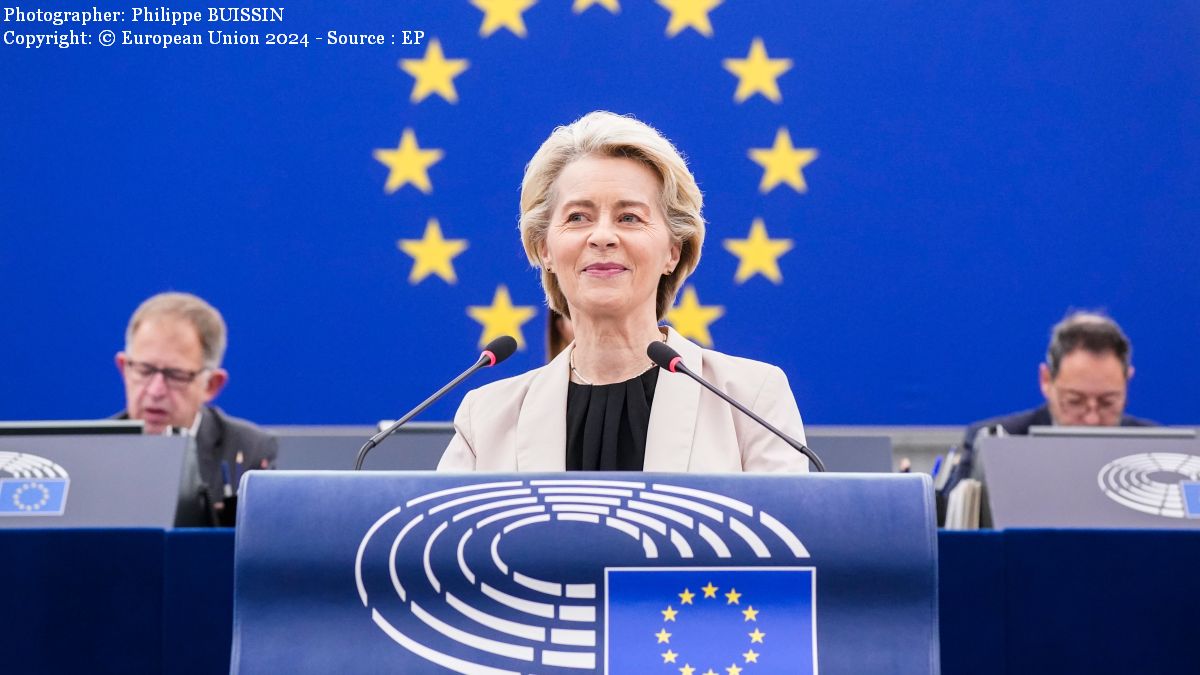The impact of AI on banking
The pros and cons of using AI in sensitive sectors.

Corina Cristea, 03.05.2024, 14:00
Increasingly present in our lives, technology enriches and transforms various sectors and industries. The banking system is no exception, the use of artificial intelligence (AI) being vital to maintain a competitive level and offer a better experience to customers, according to specialists in the field. Streamlining administrative processes, personalizing banking services, preventing fraud and improving customer experience are just some of the areas where the introduction of artificial intelligence can bring significant advantages. However, there are also risks, mainly related to data protection and shortage of jobs.
How can artificial intelligence contribute to protecting and securing financial resources and sensitive data? First, by detecting and preventing cyber-attacks in a faster and more accurate way, which is one of the key features of banking firewalls using AI. Then, artificial intelligence can quickly assess and analyze a large volume of data in real time, enabling the effective identification of threats and the implementation of appropriate security measures. AI algorithms can also be used to automate repetitive and routine tasks, such as verifying documents and their authenticity or opening bank accounts, for example.
AI technology can be used to analyze customer data and to provide personalized solutions regarding account management, financial planning or investments. Experts say that the use of artificial intelligence in the banking system can also play a crucial role in fraud detection and prevention, as machine learning algorithms can be trained to identify patterns and anomalies in transactions, alerting banks over possible fraud.
From the perspective of a central bank, artificial intelligence is a promising tool for balancing inflation, according to Cristian Popa, a member of the Board of Directors of the National Bank of Romania (BNR), present at a conference on this topic. He explained that, similar to the influence of globalization, which played down inflation in the past decades, artificial intelligence, by streamlining and optimizing economic processes, offers good prospects for stabilizing prices, in a context marked by significant challenges.
Cristian Popa: “The process of taking monetary policy decisions is all the more complex during periods defined by huge structural changes, such as the ones under way. I am talking about globalization, which is shrinking, regulation, which is becoming more intense, protectionism, which is growing, the peace dividend, which disappears or about directing part of the expenses to the military sector, to the detriment of education and health. The population, that ages simultaneously with the decrease in the birth rate, the energy dividend, which disappears, the problem of fiscal deficits, which is growing and the transition to green economy, which also involves new costs, are some other examples. All these structural changes seem to indicate that the pressure of inflation will be present for a long time. But there is a change that can work in the opposite direction, as artificial intelligence can limit the impact of the mentioned structural changes, if it is large enough, stimulating sustainable economic growth through higher labor productivity and opening new paths to innovation and progress.”
Cristian Popa believes, however, that the pace of these changes is still uncertain and that the widespread impact of the implementation of AI technology can be felt only in the long term, as it requires a period of gradual adjustment and more intense collaboration between people and technology. What artificial intelligence does in the long run is enhance certain abilities that we can capitalize on in new professional opportunities, Cristian Popa explained. But, he added, there are risks associated with data protection and its correct interpretation by artificial intelligence. That is why, the BNR will support innovation, but will keep an eye on macro-stability and is expected to have an approach that takes into account the level of risk in terms of artificial intelligence. That is, a permissive approach towards non-critical banking activities, but a firm one about core activities, current realities causing the central bank to view, for example, with some reluctance the transformation of the digital assistant into an expert in banking risk management or in decision-making as regards granting loans, Cristian Popa also said.
Risks associated with artificial intelligence include the loss of jobs, as certain processes are automated, as well as data privacy risks, given that artificial intelligence requires access to customers’ personal data. All in all, experts say, in 2030 it is expected that the use of artificial intelligence in the Romanian banking sector and many other sectors for that matter, to be widespread and fully integrated in most banking processes and services. (EE/AMP)






























